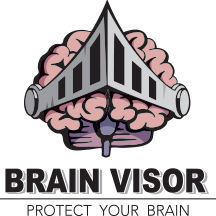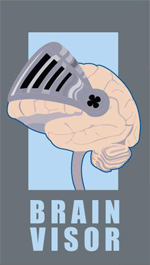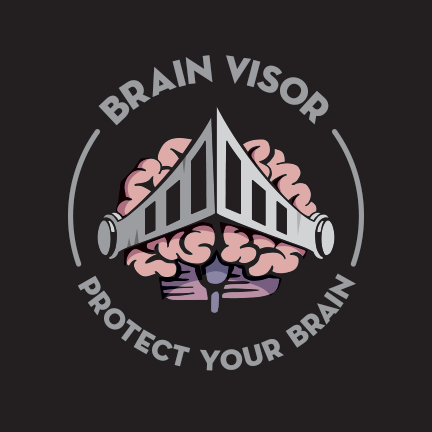Alzheimer's Type Dementia

|
Alzheimer’s Disease (AD) is a progressive cortical dementia that results in disease-targeted structures sustaining neuronal loss and atrophy. AD also affects major subcortical limbic system structures such as the hippocampus and amygdala, while destroying major pathways and cutting off direct connections to association cortices.
Alzheimer's Association
Mechanisms and Secrets of Alzheimer's Disease:Exploring the Brain Video |
Frontotemporal Dementias

|
Frontotemporal Dementia (FTD) is a clinical syndrome that is associated with shrinking of the frontal and temporal anterior lobes of the brain. Degeneration is typically found in paralimbic structures such as the anterior cingulate, frontoinsular region, dorsal anterior insula, and lateral orbitofrontal cortex resulting in profound changes in personality and behavior.
Association for Frontotemporal Degeneration
Frontotemporal Dementia Video |
Dementia with Lewy Bodies

|
Lewy Body Dementia (LBD) is a relatively common type of progressive dementia associated with a buildup of abnormal deposits of alpha-synuclein proteins that form Lewy bodies in brain cells. Because Lewy bodies are often also found in the brains of people with Parkinson's (PD) and Alzheimer’s disease (AD), a definitive diagnosis can be challenging.
Lewy Body Dementia Association
What is Dementia with Lewy Bodies? (Video) |
Huntington's Disease
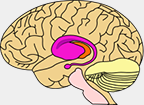
|
Huntington’s Disease (HD) is a chronic, progressive hereditary disease associated with a gene mutation that often results in generalized shrinking of the brain with prefrontal atrophy of the caudate nucleus and putamen (structures in the striatum). HD patients are typified by a number of motor abnormalities such as chorea and rigidity.
Huntington’s Disease Society of America
What is Huntigton's Disease? (Video) |
Normal Pressure
Hydrocephalus
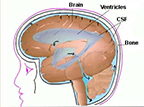
|
Normal Pressure Hydrocephalus (NPH) is a syndrome occurring due to ventricular enlargement. Symptoms include gait instability, urinary incontinence, and cognitive decline.
Hydrocephalus Association
Normal Pressure Hydrocephalus Video |
Parkinson's Disease

|
Parkinson’s Disease (PD) is a relatively common neurodegenerative disorder that involves loss of neurons in the substantia nigra, dopamine depletion in the basal ganglia, and the presence of Lewy bodies. Hallmark symptoms include tremor, akinesia, and rigidity.
American Parkinson’s Disease Asociation
Parkinson's (part 1 of 2) - Medical Animation by Watermark Video |
Multiple Sclerosis

|
The pathological hallmarks of Multiple Sclerosis (MS) are the loss of myelin around axons and the proliferation of astrocytes that form scar tissue (gliosis). Some of the more prominent symptoms include weakness, stiffness, or incoordination of arms or leg; gait disturbance, visual impairments, fatigue, and sensory changes.
Multiple Sclerosis Association of America
What is Multiple Sclerosis? (Video) |
For additional information regarding neurodegenerative disorders, please check the disorder index at:
